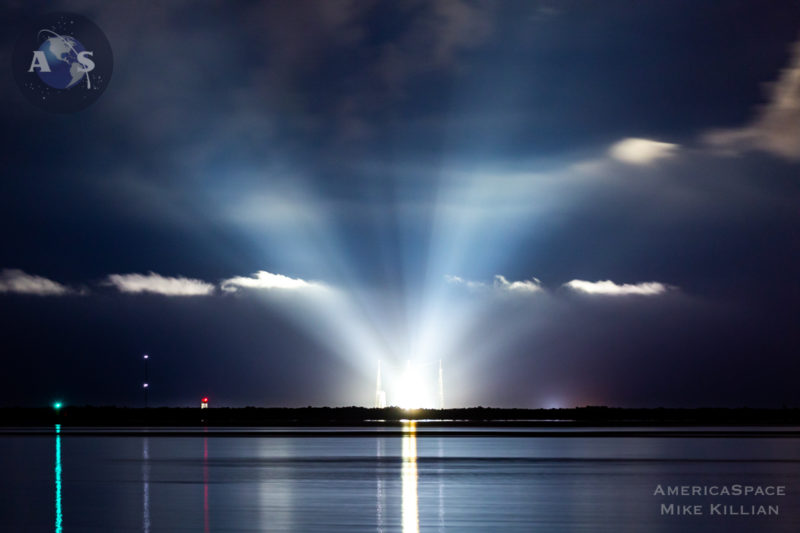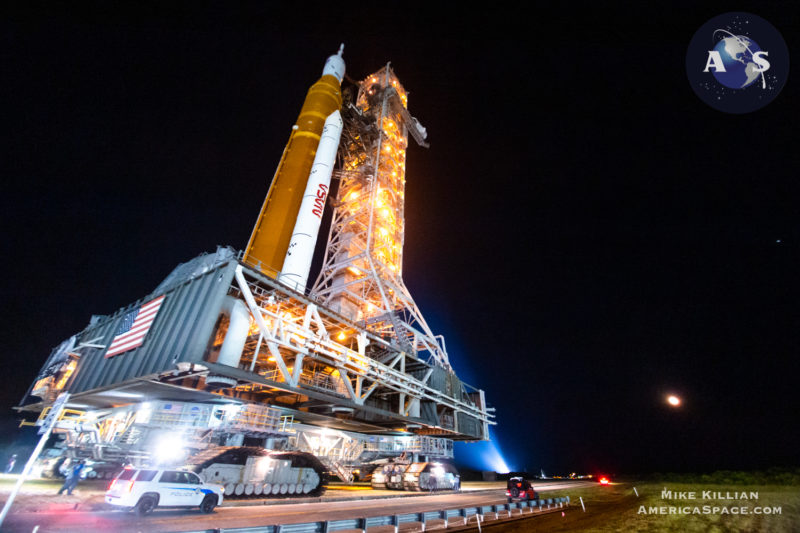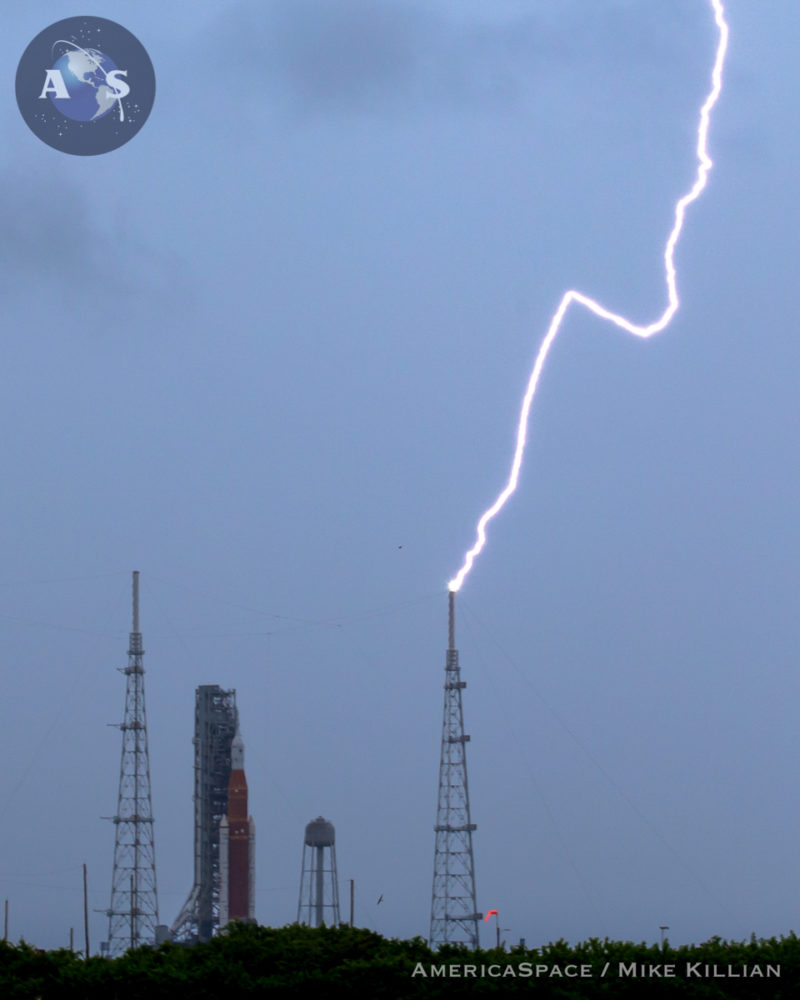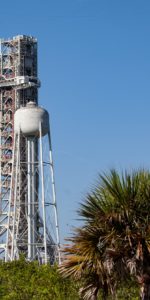
NASA hopes to try and launch Artemis-1 again on Saturday, Sep 3, following initial data reviews from Monday’s scrub, which occurred when one of the SLS rocket’s four RS-25 main engines did not get cold enough for a safe ignition (like a race car needing to warm-up). Engineers believe the issue is likely a bad sensor, and think they can work around it by chilling down the engines 30-40 minutes sooner in the countdown, similar to a procedure that worked during the rocket’s test fire last year at Stennis Space Center.
The engines need to be chilled down in what is called a “kick start bleed test”, so they will be conditioned and ready once the -420 degree F propellants hit them for ignition and liftoff. To do that, the liquid hydrogen is sent from the hydrogen tank and into each individual engine, which all have their own own “bleed” system to take heat out of the engines as they chill down.
At the time of the scrub call, engines 1, 2 and 4 were at about -410 degrees F, but a temperature sensor on engine 3 was only reading about -380 degrees F, said SLS Manager John Honeycutt in an update today.
Based on other data, such as pressure sensors, Honeycutt and the team believe the hardware is fine, and that the problem may just be a faulty temperature sensor. Replacing the sensor at the pad, however, would be difficult; NASA would rather roll it back to the Vehicle Assembly Building (VAB).

Instead, they think a change in procedure will do the trick, by starting the engine chill-down earlier. The team who conducted the Green Run test fire of all 4 engines and the core stage last year at Stennis did something similar, following the test’s first scrub. The launch team will modify and practice propellant loading procedures to follow a procedure similar to what the Stennis team did.
“We talked about the spectrum of options,” said Mike Sarafin, Artemis mission manager. “We’re at the pad now, and a roll-back (to the VAB) would put us in the same place we are now, where we may just need to change the operations and cryo-loading slightly.
“We understand the physics of how hydrogen performs, but the way the sensor is behaving does not line up with the physics of the situation,” said Honeycutt. “So, we will be looking at all the other data we have, and use it to make an informed decision whether or not we have all the engines chilled down.”

“We need to continue pouring over the data, and polish up our plan on putting the flight rationale together, anticipating that we’re not going to get any better results on that engine 3 bleed temp sensor. I think we’ve got enough data to do that, but we’ll have to let the data guide us.”
Launch teams will hold another meeting Sep 1, to determine if they will go for a launch attempt Sep 3. If so, the liftoff time would be 2:17pm EDT, with only a 40% chance of favorable weather. If weather does scrub the launch, the next launch attempt would be set for Monday, Sep 5.
.
.
FOLLOW AmericaSpace on Facebook and Twitter!
.
.






One Comment
One Ping
Pingback:First SLS Flies, Turns Florida Night into Day - AmericaSpace